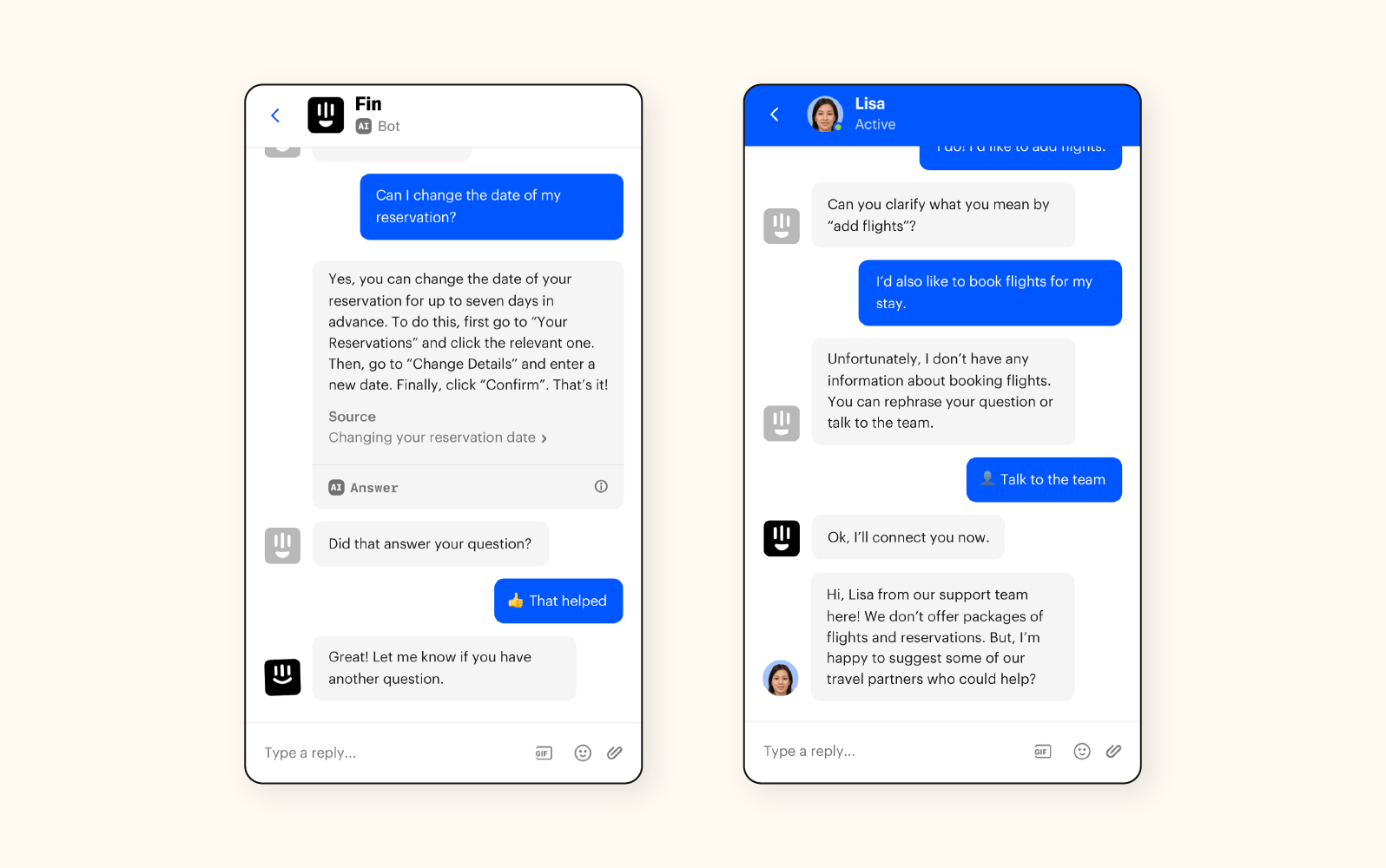In today’s fast-paced digital age, businesses are constantly looking for innovative ways to enhance customer satisfaction while maintaining efficiency. One of the most transformative solutions has been the rise of Customer Care Chatbots. These intelligent virtual assistants are redefining how businesses interact with their customers, offering unparalleled support around the clock.
What is a Customer Care Chatbot?
A Customer Care Chatbot is an AI-driven software application designed to simulate human-like conversations with customers. Powered by advanced technologies such as Natural Language Processing (NLP), Machine Learning (ML), and Artificial Intelligence (AI), these chatbots can handle a wide array of tasks, including answering questions, resolving issues, and guiding customers through complex processes.
Unlike traditional support methods, chatbots provide instant, consistent, and scalable support, making them a game-changer for businesses across industries.
Key Features of a Customer Care Chatbot
- 24/7 Availability
Chatbots never sleep! They provide round-the-clock support, ensuring that your customers receive assistance whenever they need it, regardless of time zones. - Instant Responses
No more long hold times or delayed responses. Chatbots can process and respond to queries instantly, improving customer satisfaction significantly. - Multilingual Support
Many chatbots are equipped to handle multiple languages, catering to a global audience and bridging language barriers effortlessly. - Personalized Interactions
Using customer data and purchase history, chatbots can offer tailored recommendations and responses, mimicking a personalized human touch. - Scalability
Whether it’s handling ten customers or a thousand simultaneously, chatbots scale effortlessly, ensuring seamless operations during peak times. - Integration with CRM Systems
Modern chatbots integrate seamlessly with Customer Relationship Management (CRM) platforms, offering a unified view of customer interactions and helping human agents pick up where the chatbot left off. - Self-Learning Capabilities
Advanced chatbots use Machine Learning algorithms to improve over time. They learn from past interactions to provide better and more accurate responses in the future.
Benefits of Using a Customer Care Chatbot
- Enhanced Customer Experience
Chatbots eliminate the frustration of waiting and provide immediate assistance, making customer interactions smooth and enjoyable.
- Cost-Efficiency
By automating repetitive tasks and reducing the need for large customer support teams, businesses can save significant operational costs without compromising service quality.
- Consistency in Responses
Unlike human agents, chatbots provide uniform responses, ensuring that every customer receives accurate and consistent information.
- Improved Employee Productivity
With chatbots handling routine queries, human agents can focus on complex issues that require critical thinking and empathy, leading to higher productivity.
- Data Collection and Insights
Chatbots collect valuable data during interactions, providing insights into customer behavior, preferences, and pain points. Businesses can leverage this data to improve products and services.
Applications of Customer Care Chatbots
- E-commerce and Retail
- Assisting customers with product inquiries
- Managing order tracking and returns
- Offering personalized product recommendations
- Banking and Finance
- Providing account information
- Answering FAQs about loans, credit cards, and investments
- Helping with password resets and fraud alerts
- Healthcare
- Scheduling appointments
- Answering medical queries
- Sending reminders for medications or follow-ups
- Travel and Hospitality
- Assisting with booking and reservations
- Sharing itinerary updates
- Handling cancellations and refunds
- Telecom
- Troubleshooting technical issues
- Offering billing information
- Upselling data and call plans
Challenges in Implementing a Customer Care Chatbot
While chatbots offer numerous benefits, their implementation can come with challenges:
- Understanding Complex Queries
Not all chatbots can handle nuanced or ambiguous questions, leading to customer frustration. - Lack of Empathy
While efficient, chatbots lack the emotional intelligence to empathize with upset or distressed customers. - Initial Setup Costs
Developing and integrating a sophisticated chatbot can require a significant initial investment. - Privacy Concerns
Customers may be hesitant to share sensitive information with AI, emphasizing the need for strong security protocols.
Best Practices for Building an Effective Customer Care Chatbot
- Define Clear Objectives
Determine the specific tasks you want your chatbot to handle, such as answering FAQs, processing refunds, or troubleshooting issues. - Invest in NLP and AI
Advanced NLP algorithms help your chatbot understand customer intent, even when questions are phrased differently. - Ensure Human Escalation
Always provide an option for customers to connect with a human agent if the chatbot cannot resolve their issue. - Regularly Update and Train the Chatbot
Keep your chatbot up to date with the latest product and service information. Use customer feedback to continuously refine its capabilities. - Focus on User Experience
Make your chatbot easy to use, with clear prompts and a conversational tone. Avoid jargon or overly complex language. - Prioritize Security
Use encryption and other security measures to protect customer data and build trust.
Future of Customer Care Chatbots
The future of customer care chatbots is incredibly promising, with advancements in AI pushing the boundaries of what these virtual assistants can do. In the coming years, we can expect:
- Voice-Enabled Chatbots: Interactions will move beyond text to voice-based conversations, offering even more convenience.
- Hyper-Personalization: Chatbots will use advanced analytics to predict customer needs before they arise.
- Proactive Assistance: Instead of waiting for customers to initiate contact, chatbots will proactively reach out with solutions and offers.
- Augmented Reality Integration: Combining chatbots with AR could revolutionize industries like retail and real estate, providing immersive customer experiences.
Conclusion
A Customer Care Chatbot is no longer a luxury but a necessity for businesses aiming to stay competitive in today’s customer-centric world. By offering quick, consistent, and efficient support, these AI-powered assistants not only improve customer satisfaction but also drive operational efficiency.
Investing in a well-designed chatbot can be a strategic move, empowering businesses to meet customer expectations while paving the way for innovation and growth. Whether you’re a startup or an established enterprise, embracing chatbot technology can set you apart as a leader in customer care.
